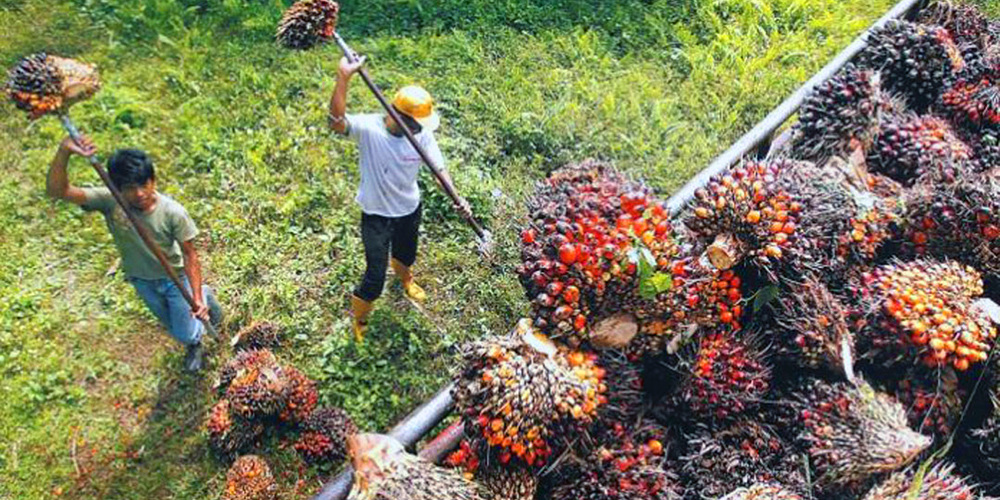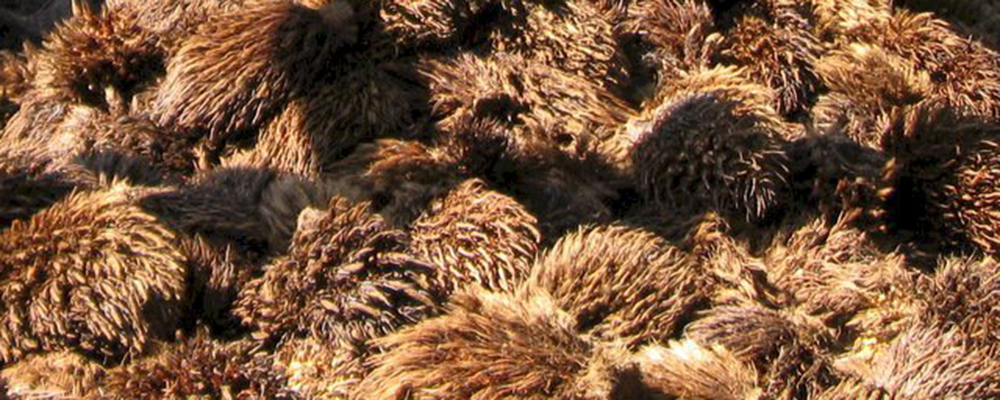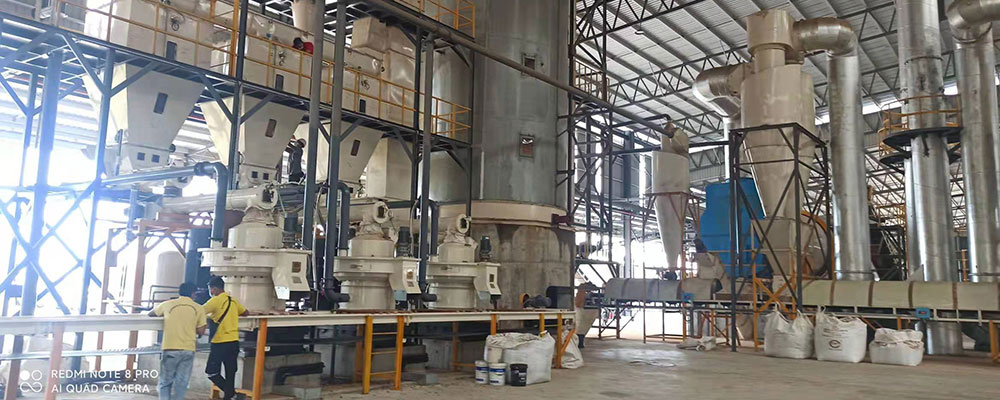Palm is a multi-purpose plant, which can produce a variety of biomass. The production of 1 kg of palm oil can be accompanied by the production of 4 kg of oil palm biomass. Palm biomass and its by-products are seven times that of natural wood. Palm is mainly planted in Southeast Asia, with Malaysia, Indonesia and Thailand in the top three. In 2005, the planting area of Asian palm was 7599000 hectares, producing 146093000 tons of fresh fruit clusters and 10224000 tons of empty fruit clusters.

Composition of empty palm fruit bunches
Palm particles are oily and bulky. They are composed of cellulose and hemicellulose lignin, and contain carbon, hydrogen, nitrogen, sulfur, oxygen and other elements, and have a high moisture content of about 65%. The physical properties of palms make them valuable, but also make them difficult to exploit.

Empty palm fruit bunch utilization
Traditionally, empty fruit bunches have been underutilized and are often used in the following ways:
1. Incineration. Their ashes are recycled as fertilizer for plantations, but mass burning is now not allowed.
2. Returning to the field as mulch not only reduces greenhouse gas emissions, but also reduces the need for artificial fertilizers by improving carbon sequestration in soil organic matter.
3. Some empty fruit bunches are sent to landfill.
A large amount of palm biomass energy is wasted due to the limited traditional utilization of palm empty fruit bunches. Now with the innovation of palm empty bunch conversion technology, palm biomass can be successfully converted into pellet fuel for co-firing systems and biomass boilers to generate steam and electricity.
Relevant data show that in 2009, 88.74 tons of empty palm fruit bunches in Asia generated 1,714 GWh of off-grid energy at a rate of 20 kWh/ton, with a total off-grid power generation of 357 MW, 400 hours/month.

Palm Fiber Biomass Application: Pelletizing Palm Fruit Bunch
Why are palm fruit bunches made into pellets? Can't we put palm biomass directly into boilers or power plants? The reasons for this are as follows:
1. Generally speaking, the energy content of palm fruit bunch biomass will increase after it is converted into pellets.
2. Palm pellet fuel or briquette with calorific value between 4,200 – 4,900 kg cal/kg 28 can be used to replace coal to relieve energy pressure and environmental pressure.
3. Palm pellets are sustainable and renewable, can be mass-produced and are also very friendly to the environment.
4. The palm particles are dense and clean, easy to transport and store, and the particles produce little smoke when burning.
About palm pellet production:
Various palm granules can be made according to the different requirements of consumers. When investing in palm pellet production, consider the following advice from mature palm pellet mills:
1. It is necessary to have a comprehensive understanding of the palm pellet production line.
2. The palm pellet production procedure should meet the requirements of the target market.
3. The raw materials should be sufficient to ensure the continuity of pellet production.
4. The quality of raw materials must be guaranteed. The ideal moisture content of the raw material is 15%. When it exceeds 15%, the raw material should be dried to control the moisture.
5. The location of the palm pellet factory should be convenient for the transportation of raw materials.
6. A feasible investigation is required in advance.

Processing technology of palm empty fruit bunch as granules
A typical palm pellet production line consists of the following sections: crushing, drying, grinding, granulation, cooling, screening, dust recovery and packaging.
Typically, in the entire palm pellet production line, the following equipment is involved:
1. Palm crusher (make palm biomass into a size suitable for drying)
2. Dryer (control the moisture of raw materials to meet the requirements of granulation)
3. Hammer mill (grinding appropriately sized and dry material into powder for granulation)
4. Palm pellet machine (make the prepared material into pellet)
5. Cooling system (the temperature of the pellets from the pellet machine is too high and needs to be cooled before being packaged)
6. Packaging machine (packing the palm pellet into bags)
7. Electrical cabinet (used to control the equipment in the entire palm pellet production line)